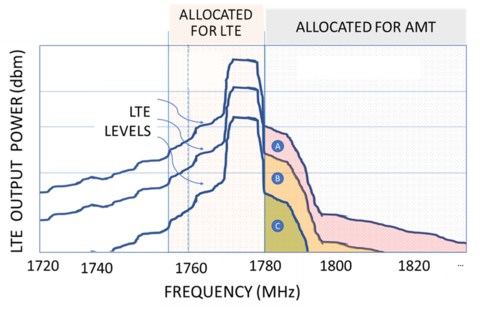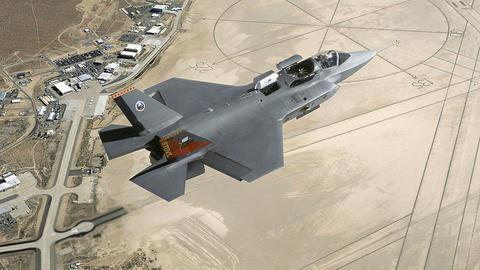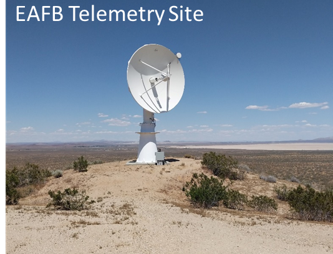Summary
This test builds on and extends a previous NASCTN project that measured the out-of-band (OoB) LTE evolved Node B (eNB) and User Equipment AWS-3 emissions into adjacent L and S frequency bands of AMT systems. While the previous test measured general LTE OoB emissions, this project specifically measures the impact to AMT systems. Results can be used to improve testing protocols that protect existing federal systems during new cellular deployments.
Description
Designed, demonstrated and validated a test methodology to measure the impacts of newly deployed commercial cellular equipment on existing DoD Test Range systems. In particular,
- The effects of out-of-band emissions from user equipment deployed in the AWS-3 LTE band (1755MHz - 1780MHz) on the DoD AMT systems in the adjacent L Band (1780Mhz-1850 MHz)
- New coexistence metrics and interference analysis methodologies for multiple waveforms
- A curated set of LTE waveforms for future testing of multiple range environments.
Background: In 2015, the FCC Auction 97 created the AWS-3 band for commercial mobile broadband usage in the United States, which led to the compressed operations frequency band for DoD test range Aeronautical Mobile Telemetry (AMT) systems. However, AMT infrastructure remains largely unchanged, and current Inter Range Instrumentation Group (IRIG) Protocols for mitigating interference does not include specifics for new waveforms such as LTE. In 2017, NASCTN conducted a test campaign for Edwards Air Force Base (EAFB) measuring the out-of-band emissions of commercial LTE smartphones and an evolved node B (eNB) into the newly compressed AMT band. In 2019, this follow-on project was launched to investigate the potential impacts of LTE adjacent band emissions to the AMT systems. The in-band and out-of-band LTE uplink emissions are directly injected into an AMT link in a controlled environment to evaluate the impact.



| Framework Stage | Information |
|---|---|
| Stage 4: Summarize Findings |
AWS-3 LTE Impacts on Aeronautical Mobile Telemetry In-Situ Captures of AWS-1 LTE for Aeronautical Mobile Telemetry System Evaluation Laboratory Method for Recording AWS-3 LTE Waveforms |
| Stage 3: Test Execution |
Data - AWS-3 LTE Impacts on Aeronautical Mobile Telemetry Data - Laboratory Methods for Recording AWS-3 LTE Waveforms |
| Stage 2: Test, Metrology, and Implementation Plan |
Community Outreach Briefing 9/18/2018 - Adjudicated comment matrix |
| Stage 1: Proposal Screening | Proposal Submitted by EAFB. Approved by NASCTN Steering Committee. |

